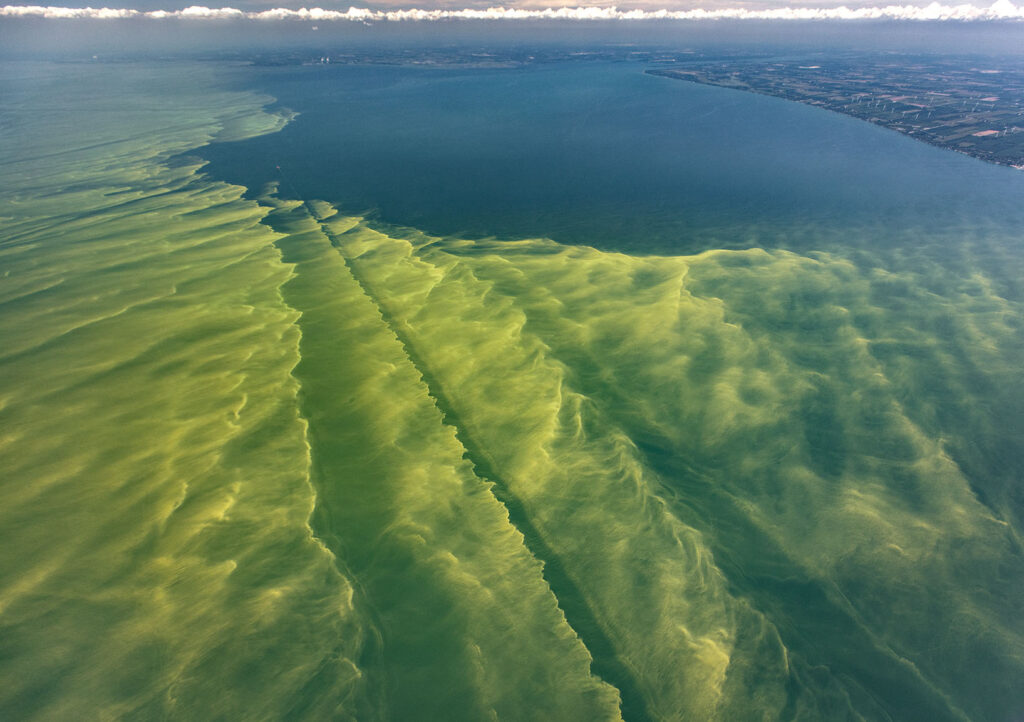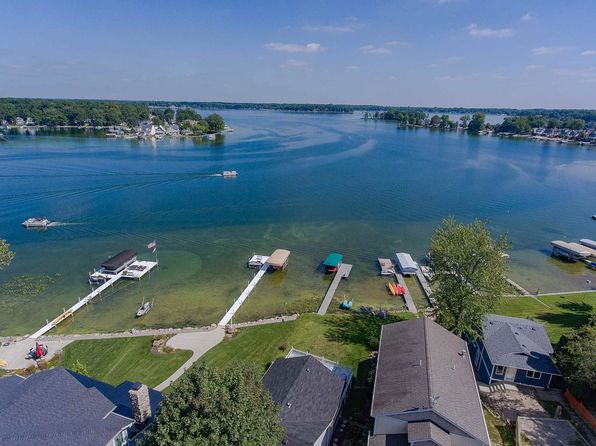Empirical Evidence and Considerations for Local Officials
Humans are Drawn to Water
It is evident and commonly understood that humans are drawn to water. We like to look at it, fish in it, take photographs of it and participate in the ever increasing popular recreational activities such as kayaking, paddle boarding and skiing.
Our attraction to water results in the desire to reside close to it. Since the supply of waterfront and water view property is limited and demand is high, there is invariably a premium associated with these parcels.
Some Waterfront Properties do not demand a premium price
Still, there are several lakes and rivers along which lots or residences can be acquired for the same or sometimes even less than non-waterfront properties. What do these lower cost waterfront properties have in common? They are all located on bodies of water that are perceived to be of lower water quality or polluted. This tells us that while we are drawn to water, we place a premium on clean water and not water that is thought of as “dirty”. One might conclude from these points that an improvement in actual and perceived water quality will increase property values along the improved body of water. We have witnessed several projects where the installation of sanitary sewer infrastructure on a lake is assumed to increase property values. This assumption is demonstrated true when the installation of sanitary sewer results in a direct increase in property value as well as an increase in investment in improvements on those properties.
Empirical Evidence
While our own observations and assumptions build confidence in the importance of water quality to property values, are they enough to warrant significant investment in infrastructure and lower cost waterfront parcels? When we look for research on this subject, the number of studies is surprisingly low. However, a 2018 Comprehensive Review of the Evidence of the Impact of Surface Water Quality on Property Values published by Sarah Nicholls of Michigan State University and John Crompton of Texas A&M University very effectively summarizes the findings from all US studies since the 1960s.
Multiple studies have demonstrated that views of and/or access to oceans, lakes, rivers, streams, and wetlands generate substantial property price premiums. According to several studies those premiums sometimes are modified or removed as a result of less than pristine water quality.
Improvement in that water quality has demonstrated a following of increase in property values in almost every study area noted in the Comprehensive Review. A 1973 study funded and published by the EPA demonstrated that property values did indeed increase following water pollution abatement projects. This study can be viewed in the archives on the EPA’s website. It should be noted that nearly all of these studies have used regression analysis of data following an abatement project and did not include any actual testing of water quality. This means we don’t necessarily care if water quality is actually improved but back to the assumptions – that we can assume it has been improved.
The growing algae blooms on Lake Erie is one of the largest environmental impact issues in water quality in our region at this time.

Local Infrastructure Funding
In a 2019 post on our website, we summarized the infrastructure funding shortfall at a national and state level. While major infrastructure funding programs focus on roads and bridges and less so on sanitary sewer infrastructure, we believe that these projects warrant a closer look at the local level.
Cities and Counties may be well advised to look at more local investment in these types of projects as just that – an investment. Similar to investment in infrastructure in TIF areas, investment in infrastructure in communities that will see an increase in real and eventually assessed value will repay for themselves in time. Sanitary sewer and septic elimination projects from a local political perspective are often thought of as the property owners’ problem or an environmental stewardship issue to be addressed if other more pressing matters do not use all of the budget. Thinking about these in a different way and finding creative approaches to water pollution abatement projects and the funding thereof will have significant impact on property values, quality of life and environmental health. What an achievement.

